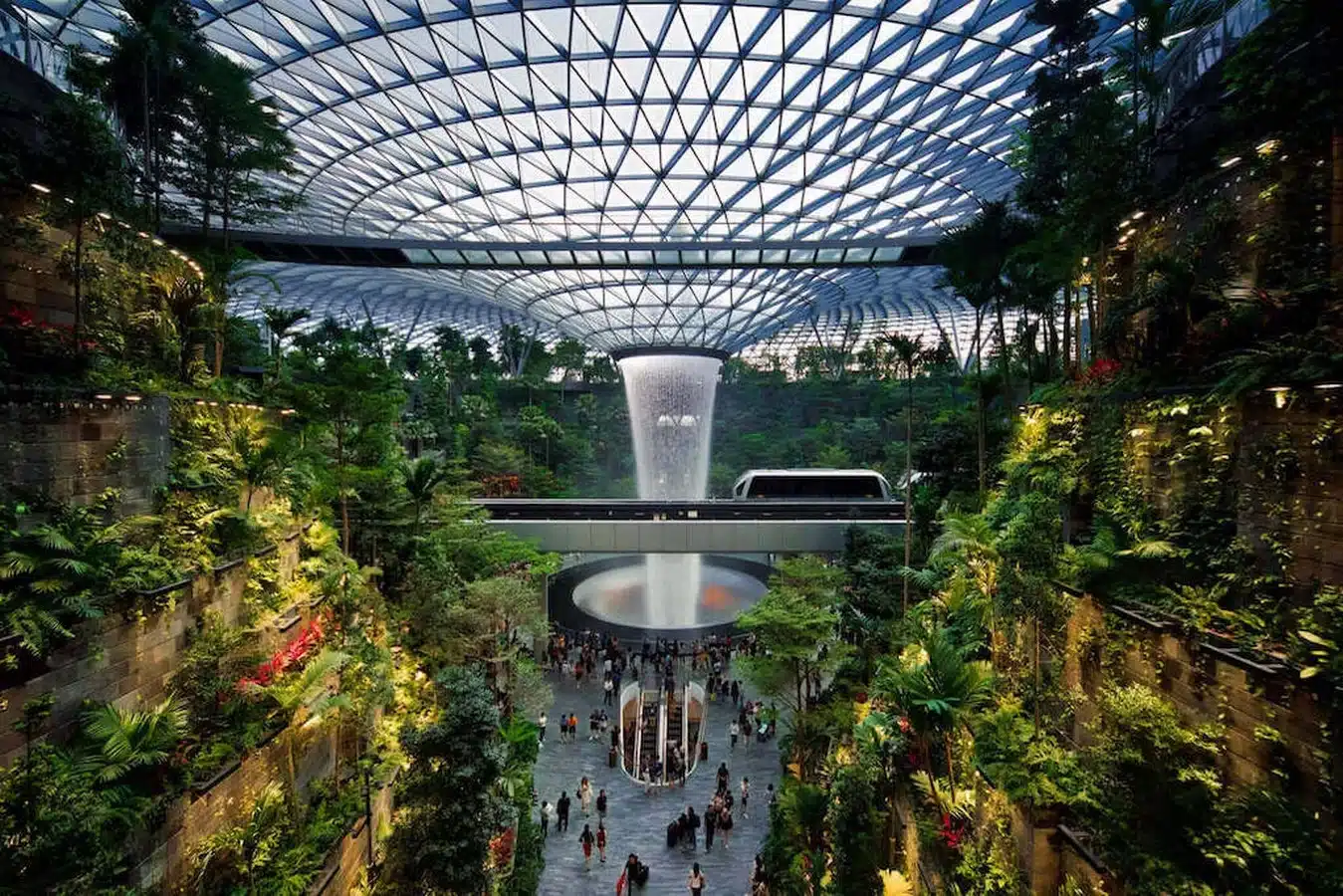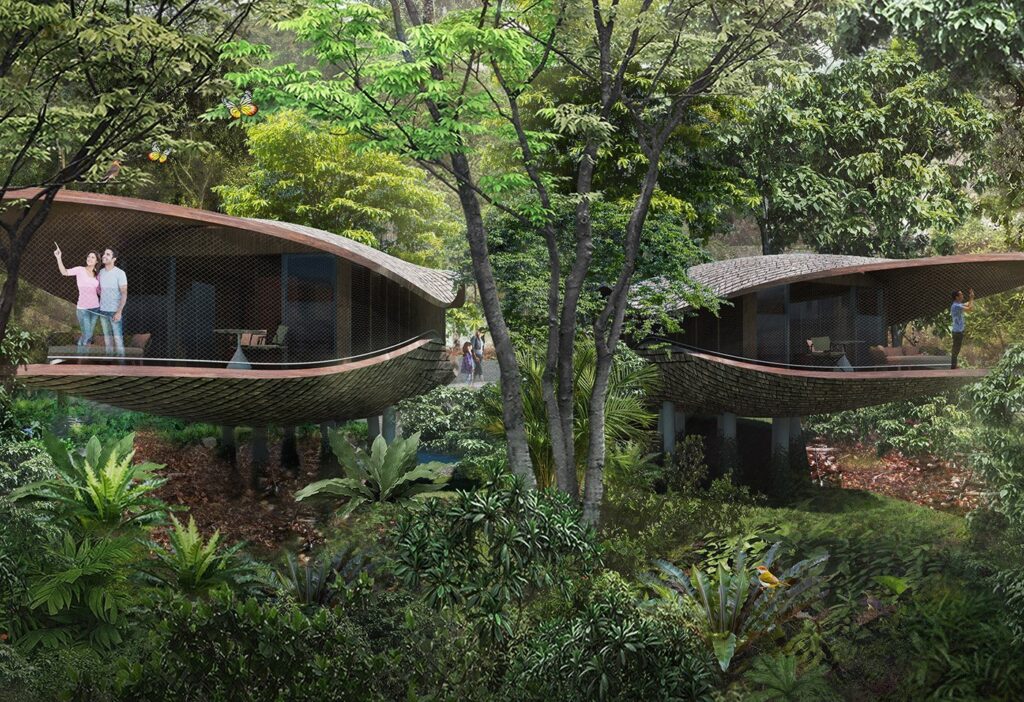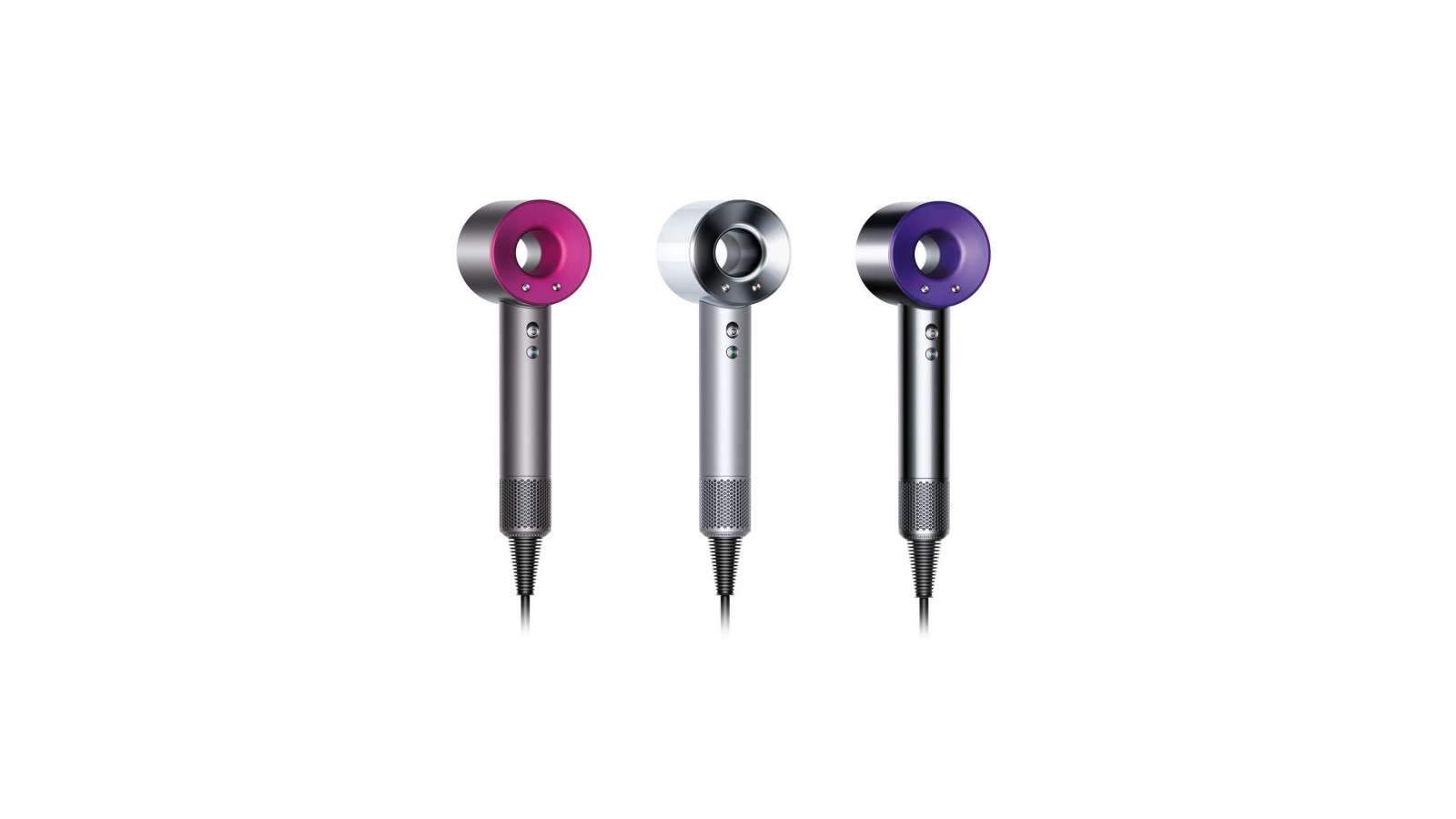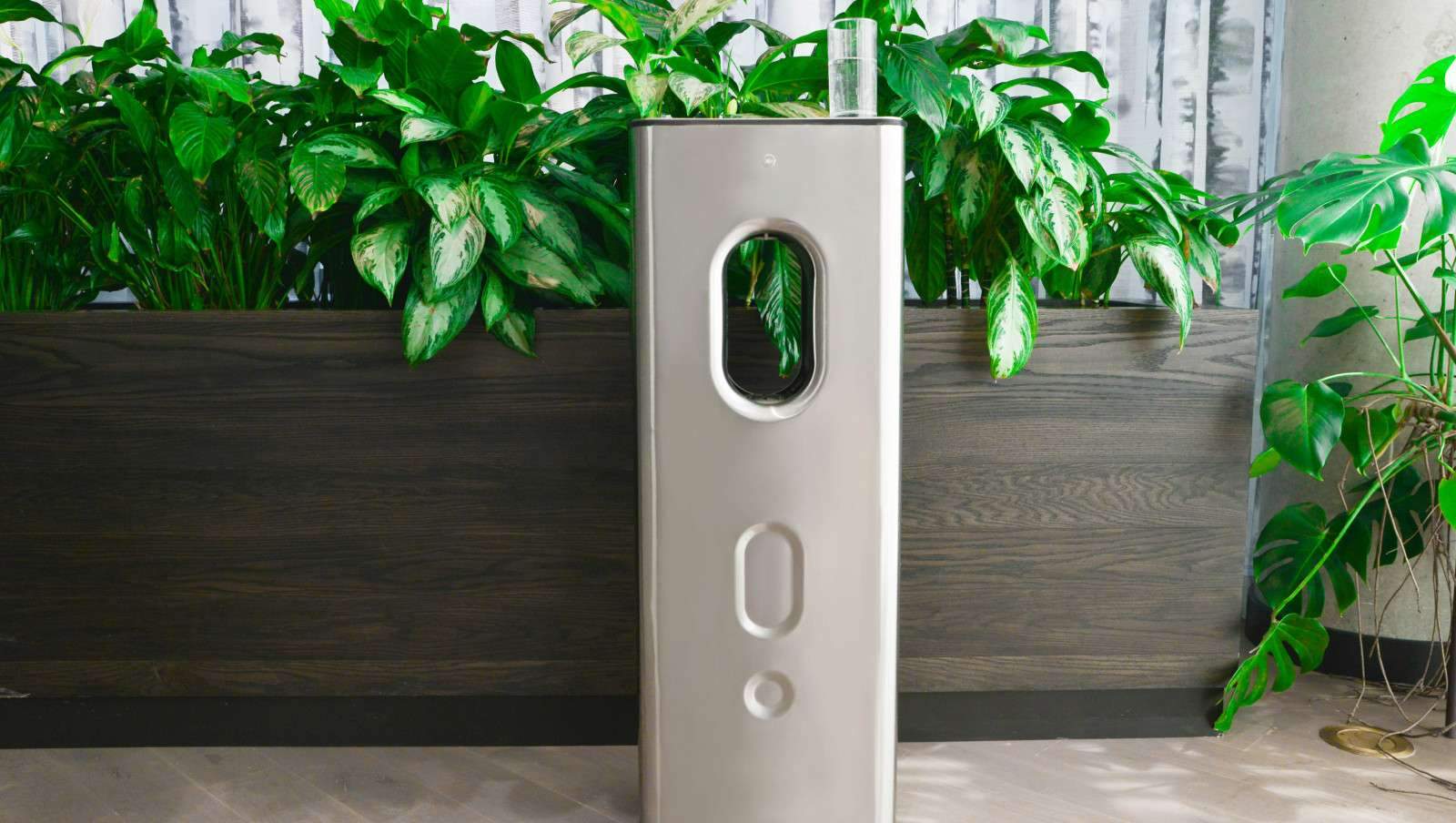Biomimetic design & Biophilic design Which is better?
Nature has always been in the heart of humans,
but its influence has only been understood in recent years.
The globalized economy, the growth of technology,
and the general public’s access to resources have contributed to this enlightened awareness.
This has been hugely beneficial in giving them a better understanding of the AEC (Architecture,
Engineering and Construction) industry.
Especially after the outbreak of the global pandemic,
the serious effects of reckless construction and nature’s revenge on it forced…
Building design and construction professionals around the world think differently.
In addition, this has also contributed to this accelerating curiosity,
as the general public has come to understand its importance and long-term implications.

While many of them were trapped in their homes with nowhere to go,
Their solace is access to open spaces and green spaces.
Hence the awareness of emotional well-being.
The psychology of spaces has a long-term impact on the behavior of its inhabitants as well as on their mental health.
Because of this, the fascination with biophilia and biomimicry catapulted him to public stardom.
Biophilia
Biophilia was first coined by German psychologist Erich Fromm in 1964.
It equates to the tendency of humans to find connections with other natural forms of life and beings.
Later, the term was popularized by American biologist Edward O. Wilson in his book “Biophilia” in 1984.
For a long time, humans have sought design inspiration in nature,
and been rewarded with innovative breakthroughs.

However, scientist Janine Benyus, through her book, Biomimicry:
Innovation Inspired by Nature, in 1997, sparked
It attracted global interest not only from biologists and theorists but also from AEC (architecture, engineering and construction) professionals as well.
Although biophilia emphasizes the importance of nature from a conceptual and physiological point of view,
However, biomimicry simply uses nature as a learning resource to imitate its actions and create design solutions for our built environment.
While these concepts have long been familiar to the AEC sector,
However, architects and designers are now finding more and more clients
who are reluctant to include nature and sustainable design practices in their projects.

What is biophilic design?
The human race has learned to thrive using basic resources.
Having built shelter in the most unusual places,
learned how to obtain food and defend their safety, humans have a natural instinct for survival.
However, this seems to be missing in the contemporary world,
where our architectural designs today reflect an unobtrusive,
Which reduces the individual’s access to his natural surroundings.
Winston Churchill’s famous quote: “We are shaped by our buildings and then shaped by our buildings,”
has in recent years been supported by evidence and data.
The AEC industry’s practice in recent years of “creating shelters” without investing thought into their long-term impacts,
Not only have these “creations” come back to haunt them,
but they have also imposed new and serious challenges on the future generation.
Migration, climate emergency, land pollution, and diminishing land for construction, for example,
These are some of the difficult realities facing our current and future generations.
In a more individual context, we can find our society suffering from severe psychological challenges such as anxiety, depression and suicidal tendencies, for example.
In such a scenario, AEC professionals have found comfort in the fact that there is a certain demand and appreciation for the power of nature as a healer,
Leading to the resurgence of bioarchitecture.

Key Features of Biophilic Design
- There must be a constant interaction between designs and their natural surroundings.
An approach in which the experience is isolated or episodic does not fulfill the purpose of nature as a source of happiness and healing.
- Throughout the past, nature has been a silent contributor to creating a productive environment for humans, benefiting their physical, emotional and psychological needs,
and biophilic designs have adapted to human habits and aspirations as society has changed over the years.
- Biophilic designs involve full intervention in the design or setting.
Introducing vertical planting on a partial facade or green terraces are not the ways in which the overall benefit of feeling close to nature can be achieved.
Architects and designers need to put more thought and intention into their designs.
- Creating permeability between built areas and landscape should be able to inspire those who inhabit the space and around it,
and an emotional sense of belonging and belonging should arise once architects and designers are able to stimulate this collaboration.
- Successful biophilic design fosters not only a healthy individual, but also a functional community that aspires to build and think better, alongside its natural surroundings.

Key features of biomimetic design
- It establishes nature as the ultimate creator of all the inventions that can occur in its environment, which also means that it can be seen as a nurturer and that nature lies in the details of our surroundings, actions and systems.
- Nature is the ultimate critic who can judge the correctness of a design creation, and as a shared planet with finite resources, the natural philosophy of evolution eliminates those species from its system that do not support its diversity
This justifies climate change and the degradation of resources on our planet; The rampant construction practices adopted over the past few decades have accelerated nature’s revenge in various ways.
- Nature also serves as a guide, leading the way forward for AEC professionals and others to correct or develop from practices that have caused harm.
By studying the patterns of our surrounding environment, one can measure the choice and rejection of design and construction processes.
The concept also allows us to reconnect with our surroundings and find balance through nature’s design processes and strategies.
Conclusion
Biomimetic and biophilic design draw inspiration from nature, but with different goals.
Biomimetic design seeks to imitate nature’s forms, processes and functions to create new technologies and materials that solve human problems.
On the other hand, biophilic design focuses on enhancing human well-being and connection to nature,
By incorporating natural elements, patterns and systems into built environments.
While both approaches have their benefits and challenges,
they offer promising solutions to the pressing environmental and social issues of our time.
By learning from and respecting nature, designers can create more sustainable and resilient designs.
Meaningful and beneficial to humans and the natural world.







